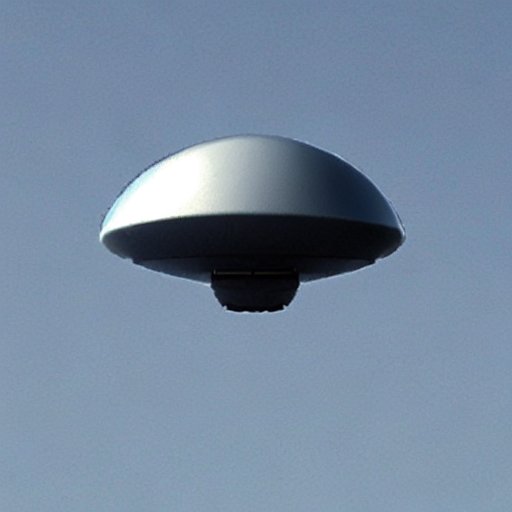The test was apparently only between 30 and 60 Hz. It doesn’t seem like it was well researched, and there is no clear reason why this would ever even need to be a study other than high refresh rate display manufacturers wanting a new special label they can upcharge for basic features that were previously and are currently included in the display base price.
Knowing how well eyes can work could be useful for a ton of reasons, including focusing on the right aspects of display tech improvements.
As for fps, they’ve shown previously that many people can identify a person when flashed on screen for a single frame at over 200fps.
That last part is kinda my point. The fact that they only tested 30Hz and 60Hz seems really bad for testing when they could have just tested until people said they couldn’t see the light flashing anymore? Why only test those two numbers?
Because the hypothesis that some gamers’ eyes see at different speeds only takes two datapoints to be proven true.
That picture for that headline is hilarious
LOOK! LOOK WITH YOUR SPECIAL EYES!
Is this news? In the early 2000s I couldn’t stand working with 60Hz monitors, there was noticeable flicker. Setting them to 72Hz was a definite improvement.
About 90 percent of my coworkers were like, “Why are you fiddling with the display settings? Flicker? Wot flicker?”




